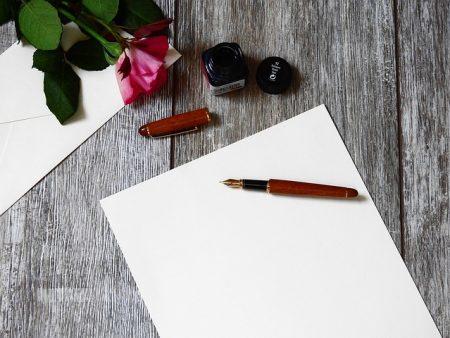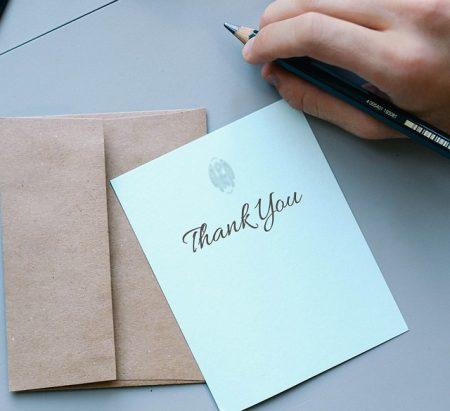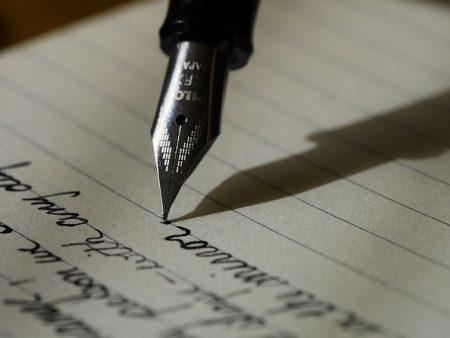Guides: How to Write a Thank You Note

Thank you notes have somewhat fallen out of fashion in the last ten years or so, with the advent of email and digital communication rendering lost the art of handwritten letters. While this is a sad state of affairs, it does lend you something of an advantage when you do write a thank you note. Today, a personalized, sent-through-the-mail card will make a big impact on its recipient. Since you may be out of practice with writing thank you notes, or possibly never learned the proper procedure in the first place, here is a guide to the basics of thank you note writing.
Greet Your Recipient

It may seem too obvious, but this is a critical component of a thank you note that many people forget. You want to address the recipient with kindness and respect, not just a terse insertion of their name. The most common greeting is “Dear”, and it’s a safe option if you aren’t sure what to write. If you are very close with the person that you are writing to, you may choose to address them with greater fondness, using terms such as “My dear” or “My sweet.” You may also choose to use a nickname instead of a full, proper title. Whatever you write, try to make sure that it includes more than just a standalone name.
Thank Them For the Occasion

Typically, when you’re writing a thank you card, it means that someone has not only gone out of their way to give you something or to do something with you or on your behalf but also that there was an occasion for it. If, for example, you are writing wedding thank you notes, you’ll want to thank the giver for attending your wedding and make sure to mention how much fun it was to have them there on your big day. If they sent a birthday present in the mail, thank them for remembering your birthday and going out of their way to send you a gift. If they had you over for dinner, thank them for thinking of you and inviting you into their home. Addressing the occasion helps to express your gratitude for the relationship you have with the giver, not just the items that resulted.
Thank Them For the Specifics

This second section of gratitude is where you express your thanks for the details—the gift that they bought for you, the meal that they prepared for you, or whatever it is that they have done to show you that they care. The more specific you get, the better. If someone bought you a set of dishes for your wedding, for example, you can talk about how much you love the pattern painted on their edges and how you look forward to setting the table with those exact plates next time you have them over for dinner. This shows the recipient that you have truly seen and appreciated the effort that they went to in getting you a specific gift.
Talk About the Giver

It’s a good idea to ask after the recipient of your note. While you are, of course, thanking them for what they have done for you, it’s a polite gesture to refocus the message of the card onto them and what is going on in their life. You want to let them know that you are thinking specifically of them as you write out your thank you note. You might want to mention the next time that you will see them and how much you are looking forward to it, or ask about their recent vacation or change of jobs. It doesn’t have to take up a lot of space—just a sentence or two—but it’s an important part of a thank you note to let the recipient know that you care about them and what is happening in their life.
Wish Them the Best

In the old-fashioned days of regular letter writing, this was the section of a letter that included the words “give my regards to…” in reference to the recipient’s family and friends. While such proper language is rarely used today, it’s still a good idea to send along your best wishes. Phrases like “Hope all goes well with your…”, “Wishing you the best as you…”, and “Looking forward to hearing about your…” are good starting places for this sort of sentence Once you have wished them well and let them know that you are thinking about them, you can jot down a sign-off and write your name. Common sign-offs include “Love”, “Sincerely”, and “Best wishes.” You may also choose to simply write your name without accompaniment or draw a heart in closing.
While thank you notes may not be the most popular of items these days, they are nonetheless important and valuable. Help your loved ones to feel special with a thank you card, showing them that you truly notice and appreciate all that they do for you.
Pin for later

